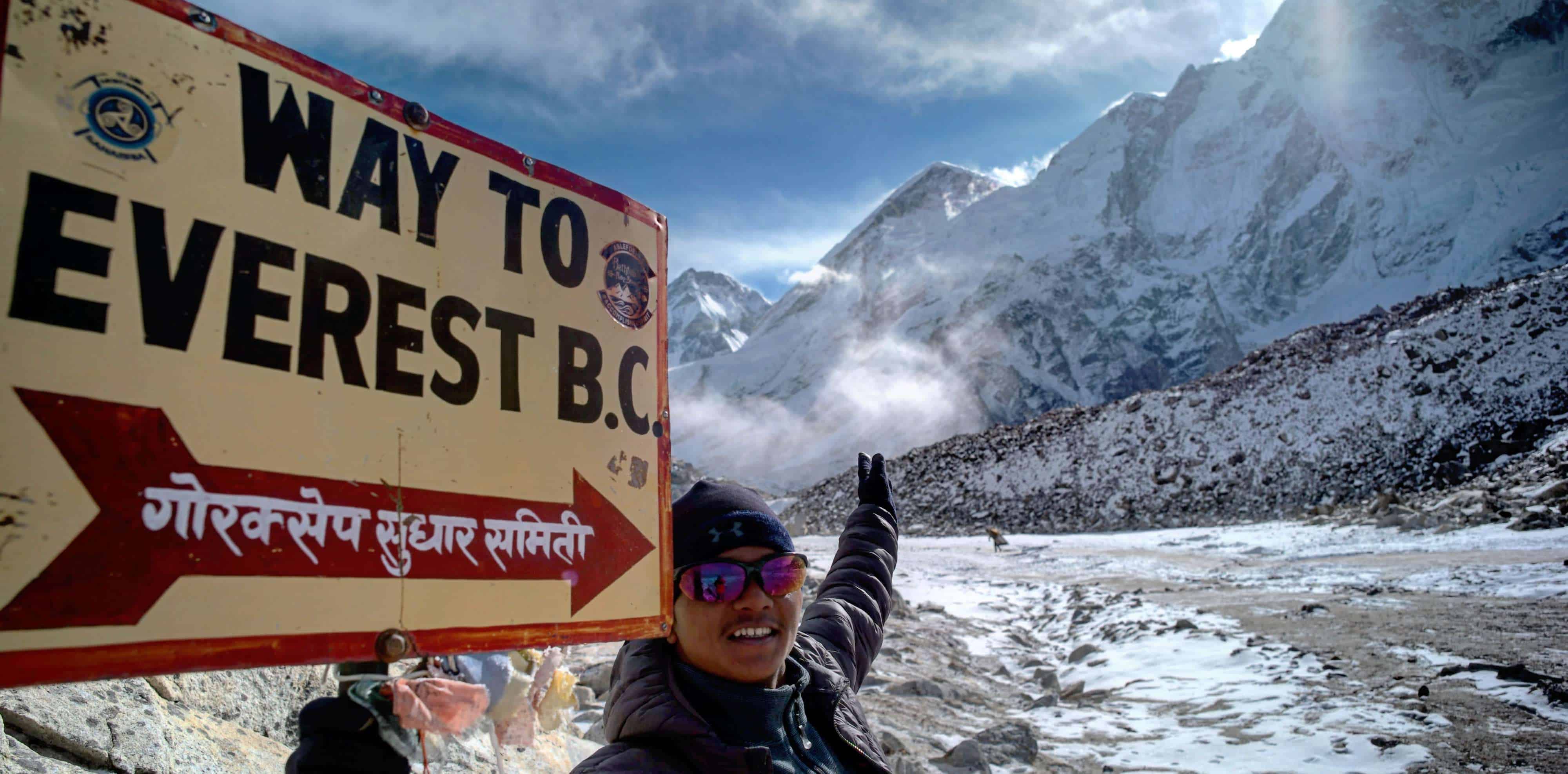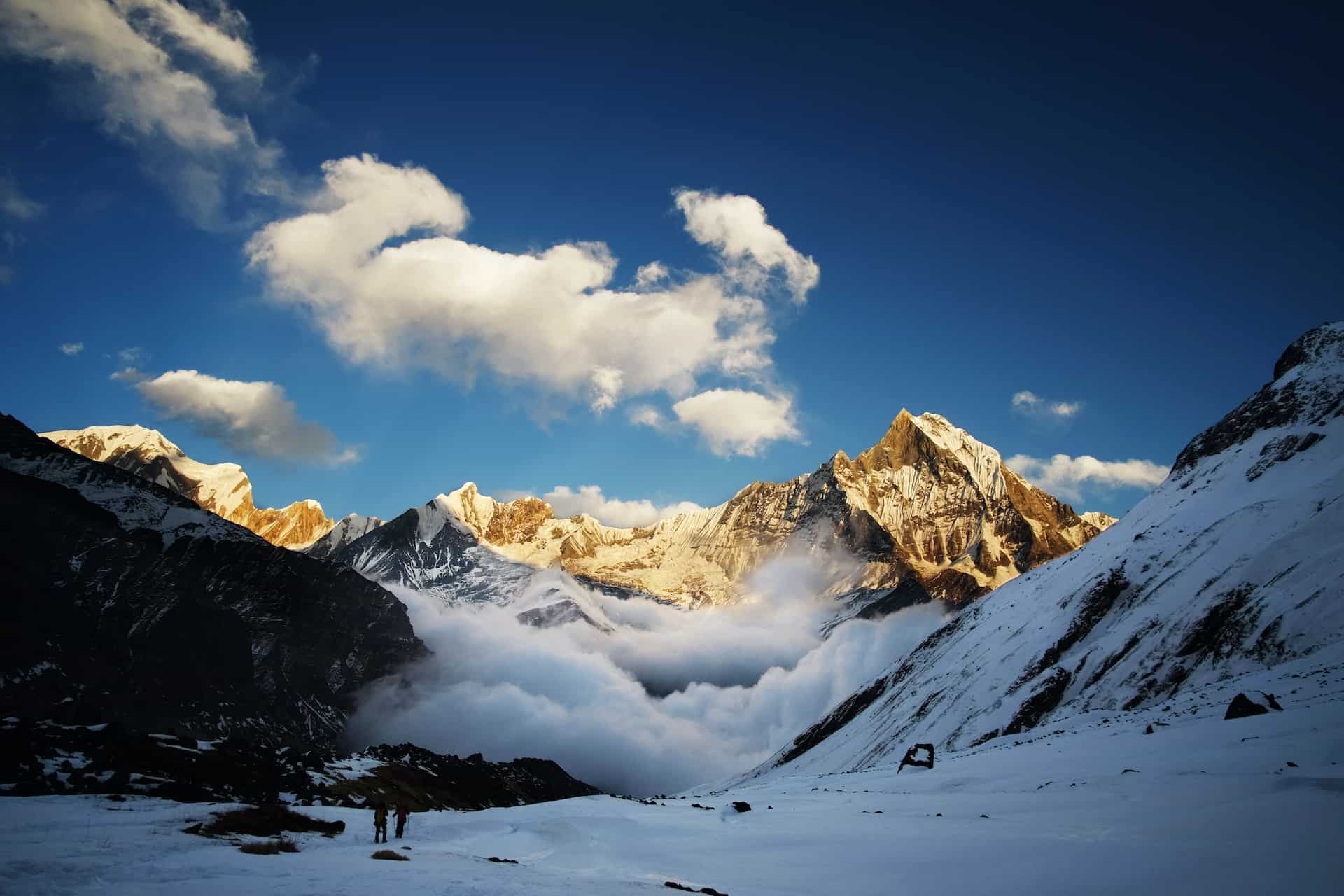6th Apr, 2023
How Difficult Is The Annapurna Circuit Trek?
The Annapurna Circuit Trek is a must-do for any adventurous traveller looking to explore the beauty of Nepal. This multi-day trek takes you through some of the most stunning scenery in the world, including high mountain passes and picturesque villages. The trek also offers an incredible cultural experience through Hindu and Buddhist villages. But before you embark on this fantastic adventure, it is important to understand the Annapurna Circuit Trek difficulty and what to expect along the way. With the proper preparation and an experienced Annapurna Circuit Trek guide, you can make the most of this once-in-a-lifetime experience. In this blog post, we will cover some helpful tips for completing your Annapurna Circuit tour.
Table of Contents
Annapurna Circuit Trek Difficulty
The Annapurna Circuit Trek is one of the most popular treks in Nepa Annapurna, and it is a great way to get a taste of the beauty of the Himalayas. But how difficult is the Annapurna Circuit Trek? The Annapurna Circuit Trek difficulty level is rated as "moderate" to "strenuous," depending on how high you climb. The highest point of the Annapurna Circuit trail is Thorong La Pass, at an elevation of 5,400 meters (17,700 feet). Because of this, it is important to acclimatize properly before attempting the trek.
The total distance of the Annapurna Circuit Trek is around 180-210 kilometres (128 miles) long, and the elevation ranges from 1,500 meters (4,900 feet) up to 5,400 meters (17,700 feet) at Thorong La Pass. It typically takes 16-21 days to complete the trek depending on your pace and whether you choose to do any side trips.
The trek starts from Besisahar or Chame, depending on your preference and time availability. It offers breathtaking views of Himalayan ranges such as Annapurna I, Dhaulagiri, Manaslu, Tilicho Peak, and Machhapuchhre while traversing rice paddies, waterfalls, subtropical forests, green forests with diverse flora and fauna, and high-altitude deserts. In addition to exploring the Annapurna Conservation Area Project, the Annapurna Circuit trekking route also offers an opportunity to hike along the river.
Altitude and Acclimatization
The Annapurna Circuit Trek's high point is the Thorong La Pass, which is challenging due to its high altitude. Acclimatization is crucial for this trek to avoid altitude sickness. It's essential to take acclimatization days to let your body adjust to the altitude and to avoid trekking too fast. Proper hydration, adequate rest, and slow and steady trekking are recommended to minimize the risk of altitude sickness.
Annapurna Circuit Weather
The Annapurna Circuit Trek can be done year-round, but the weather and climate vary depending on the season. The best time to trek is during the spring (March to May) and autumn (September to November) when the weather is mild, and the skies are clear, providing the best mountain views.
Physical Fitness Requirements
The Annapurna Circuit Trek is considered moderately difficult and requires a reasonable level of fitness. You should be able to walk for six to seven hours daily, covering 10 to 12 miles (16 to 20 km) a day, with steep ascents and descents. Training and preparation, such as cardio exercises and strength training, are recommended to prepare for the trek.
Annapurna Circuit Trek Distance and Duration
The Annapurna Circuit Trek can be completed in 16 to 21 days, depending on the route and pace. The distance covered is approximately 128 miles (210 km), including side trips Annapurna circuit trek with Tilicho Lake and Poon Hill.
Accommodation and Facilities
The Teahouses are basic lodges that offer shared dormitory-style rooms or private rooms, with shared or private bathrooms. They also offer meals such as Dal Bhat (rice, lentils, and vegetables), noodles, and other local dishes. Guesthouses are more comfortable and offer private rooms with attached bathrooms and hot showers.
Annapurna Circuit Trek Route Conditions and Terrain
The Annapurna Circuit Trek covers diverse terrain, including steep ascents and descents, river crossings, and rocky and icy paths. The Annapurna Circuit trail condition varies from well-maintained paths to narrow, steep trails with loose rocks and scree. You'll need to be prepared for challenging terrain and be cautious while trekking.
Map of Annapurna Circuit
Here's a 16 Days Annapurna Circuit Map of The Route to help you visualize the trek:

Trekking Solo or with a Guide
Annapurna circuit trek solo is possible, but it's not recommended due to the challenging terrain and altitude. Annapurna Circuit guided trek ensures your safety and provides valuable insights into the local culture and customs. Hiring a guide or a porter is also an excellent way to support the local economy.
Best Time to Hike Annapurna Circuit- Recommended Trekking Season
The best time to trek the Annapurna Circuit Trek is during the spring (March to May) and autumn (September to November) when the weather is mild and clear, providing excellent mountain views. The monsoon season (June to August) brings heavy rainfall and landslides, making trekking difficult. The winter season (December to February) brings cold temperatures and snow, making the Thorong La Pass challenging to cross.
Annapurna Circuit Trek Itinerary
Our Annapurna circuit trek from Pokhara takes 16 days. The trek takes you through villages such as Jagat, Dharapani, Chame, Pisang, Manang, Tlicho Lake Base Camp, Yak Kharka, Thorong Pedhi, Jomsom, Tatopani, Ghorepani Poon Hill and back to Pokhara. The trek includes Muktinath, a Hindu pilgrimage site that is a significant attraction. Devotees from all over the world visit this auspicious piece of land and worship the deity. The trek also gives you opportunities to take side trips such as the Tilicho Lake and Ghorepani Poon Hill. Check out: 16 Days Annapurna circuit trek itinerary
Tips to Prepare for the Trek
Here are some tips to prepare for the Annapurna Circuit Trek difficulty:
-
Train and prepare your body for the trek by doing cardio exercises and strength training.
-
Bring appropriate gear, including sturdy hiking boots, warm clothing, and a waterproof jacket.
-
Stay hydrated and avoid alcohol and cigarettes while trekking.
-
Take acclimatization days and trek at a steady pace.
-
Bring a first aid kit and necessary medication.
-
Respect the local culture and customs and be mindful of your environmental impact.
Annapurna Circuit Trek Cost
The cost of the Annapurna Circuit Trek can vary depending on several factors, such as the duration of the trek, the mode of transportation, the level of comfort, and the number of people in the group. here's the breakdown of factors that can influence the cost of the Annapurna Circuit Trek:
- Permits: You'll need to obtain a permit for the Annapurna Circuit trek - the Annapurna Conservation Area Permit (ACAP) and the Trekkers Information Management System (TIMS) card. The cost of these permits is determined by the Nepali government and can vary depending on your nationality and the season you're trekking in.
- Transportation: The cost of transportation will depend on how you choose to travel. You can take a bus or hire a private jeep to get to the starting point of the trek, and you may also need to take a flight from Pokhara back to Kathmandu.
- Accommodation: During the trek, you'll be staying in tea houses (local lodges) along the Annapurna Circuit trail. The cost of accommodation will depend on the standard of the tea house you choose to stay in - basic tea houses will be cheaper, while more luxurious ones will cost more.
- Food: The cost of food will depend on where you eat and what you choose to order. Generally, food is cheaper at lower altitudes and more expensive at higher altitudes.
- Guide and porter: Hiring a guide and/or porter is optional, but many trekkers choose to do so. The cost of hiring a guide or porter will depend on the duration of the trek and the level of experience of the guide/porter.
- Miscellaneous: There may be additional costs to consider, such as travel insurance, gear rental, and tips for guides and porters.
Overall, the cost of the Annapurna Circuit Trek can range from USD 500-1500 per person, depending on the above factors. It's important to budget accordingly and make sure you have enough funds to cover unexpected expenses.
Conclusion
The Annapurna Circuit Trek is a challenging but rewarding trek that offers stunning views of the Himalayas and a chance to experience the local culture. The trek's difficulty level requires a reasonable level of fitness and preparation, and it's essential to take the necessary precautions to ensure your safety and health. With proper preparation and guidance, the Annapurna Circuit Trek can be an unforgettable experience.
Recent From How Difficult Is The Annapurna Circuit Trek?

Jun 27, 2022

Jun 27, 2022

Jul 19, 2022

Sep 20, 2022

Jan 03, 2023

Feb 03, 2023

Feb 17, 2023

Feb 23, 2023

Mar 03, 2023

Mar 14, 2023
Mar 20, 2023

Mar 28, 2023

Jul 31, 2023



